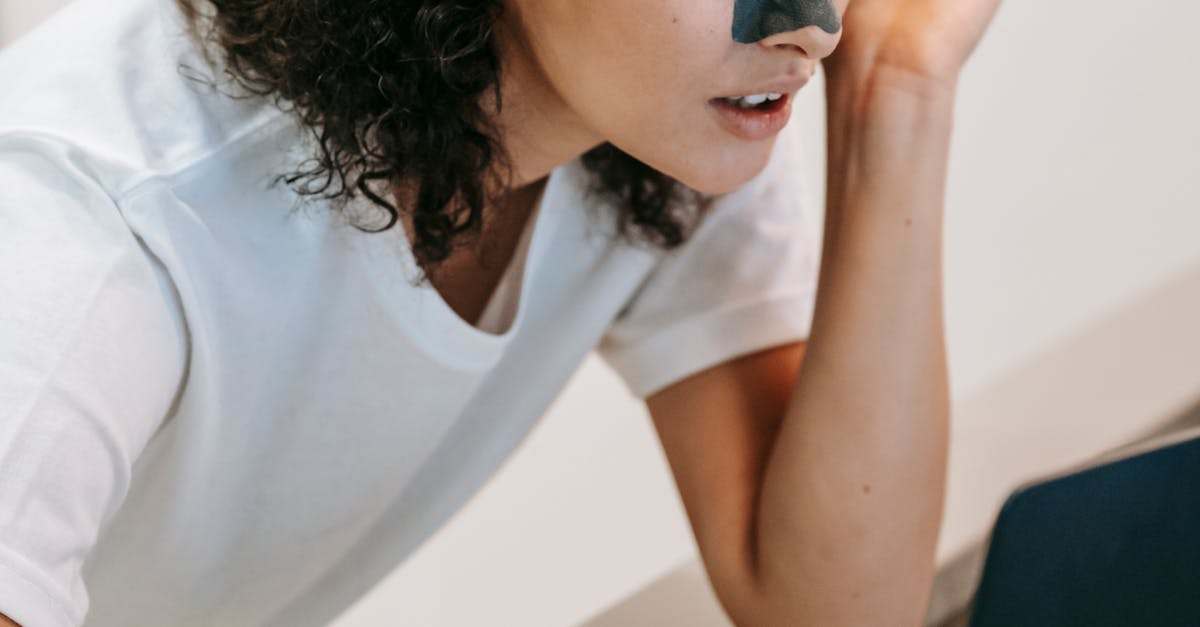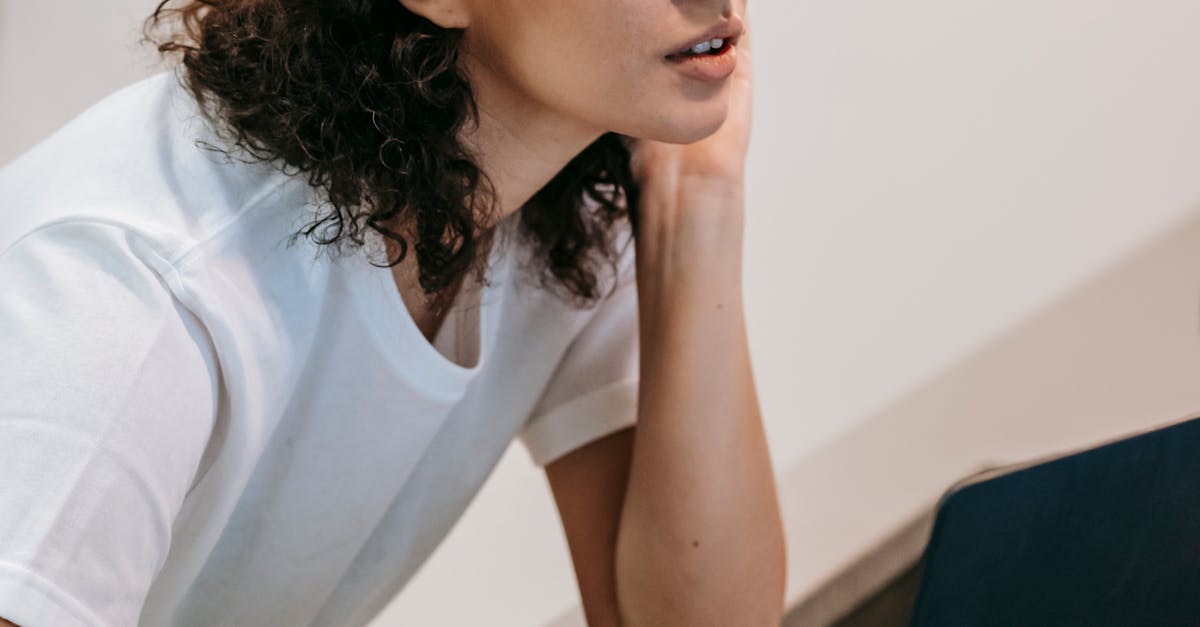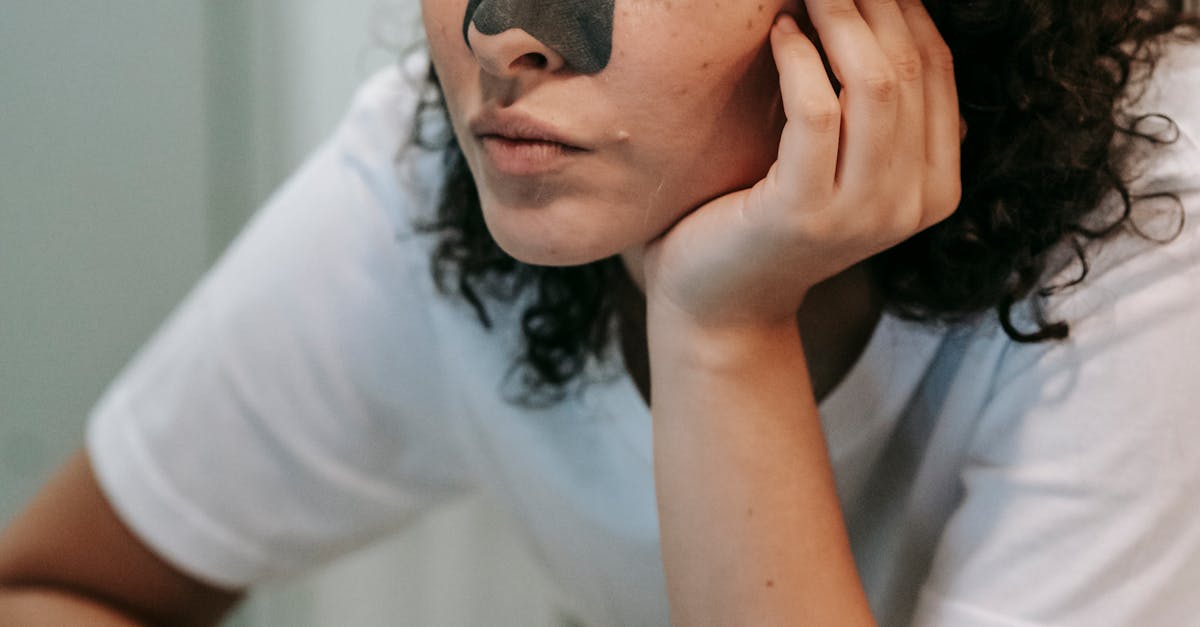
Are you unhappy with the shape or size of your nose? Look no further than nycosmeticsurgery.net for expert rhinoplasty services, also known as a nose job. Our highly skilled cosmetic surgeons specialize in reshaping and reconstructing the nose to enhance your facial harmony and overall appearance. Whether you desire a more symmetrical nose, or wish to correct a breathing issue, our team at nycosmeticsurgery.net can help you achieve the results you desire. Trust us to provide you with a safe and effective procedure that will leave you feeling more confident and satisfied with your appearance. Contact us today to schedule a consultation and take the first step towards the nose of your dreams.
Different Types of Rhinoplasty Techniques
Rhinoplasty, commonly referred to as a "nose job," encompasses various techniques tailored to meet the unique aesthetic goals and functional needs of patients. One common type of rhinoplasty is the septoplasty, which focuses on correcting a deviated septum to improve breathing and overall nasal function. Revision rhinoplasty is another technique aimed at enhancing or correcting the results of a previous nose surgery. This procedure is often more complex and requires the expertise of a skilled plastic surgeon to achieve the desired outcome. Additionally, patients seeking cosmetic changes to the appearance of their nose may opt for dorsal hump reduction or nasal tip refinement to enhance their facial features and achieve a more balanced profile.
Another technique used in rhinoplasty procedures is the open rhinoplasty approach, where an incision is made across the columella, the strip of skin between the nostrils, allowing for better visibility and access to the underlying structures of the nose. Conversely, the closed rhinoplasty technique involves hidden incisions made within the nostrils, resulting in no visible external scarring. Both approaches have their own set of advantages and considerations, which should be discussed with a board-certified plastic surgeon during the consultation process to determine the most suitable method for each individual case. Each technique, whether open or closed, offers distinct benefits and potential risks that should be carefully evaluated before undergoing the procedure to ensure optimal results and patient satisfaction.
Exploring Surgical Approaches
When considering rhinoplasty, it is essential to explore the various surgical approaches available. Surgeons may employ different techniques based on the individual's unique nasal structure and desired outcome. Techniques may include open rhinoplasty, where a small incision is made on the columella, or closed rhinoplasty, where incisions are made inside the nostrils. Each approach has its own advantages and considerations, so a thorough discussion with a board-certified cosmetic surgeon is crucial in determining the most suitable technique for achieving the desired results.
During the initial consultation for rhinoplasty, the surgeon will conduct a physical exam of the nose to assess its structure and functionality. This evaluation may involve discussing any prior nasal surgeries, traumatic injuries, or breathing difficulties. Furthermore, computer simulations may be used to illustrate potential outcomes of the surgical procedure. Patients are encouraged to share their expectations and concerns openly to ensure a harmonious relationship with the surgeon and promote a thorough understanding of the surgical process.
Achieving Desired Results with Rhinoplasty
Before undergoing rhinoplasty, it is crucial to have clear communication with your surgeon about your expectations and desired results. Your surgeon will assess your nasal structure, facial features, and overall health to determine the best approach to achieve the desired outcome. Factors such as the shape of the nose, symmetry, nasal framework, bone structure, and skin thickness all play a role in how the final results will look. An experienced surgeon will work with you to create a personalized surgical plan that meets your goals while taking into account the limitations of your anatomy.
Achieving the desired results with rhinoplasty also involves understanding the recovery process and following post-operative care instructions diligently. After the surgery, you may experience swelling, bruising, and discomfort, which can be managed with pain medication and cold compresses. It is essential to follow your surgeon's guidelines for activity restrictions, avoiding strenuous exercise, wearing contact lenses, and refraining from certain medications like aspirin that can increase the risk of bleeding. By following proper aftercare measures and attending follow-up appointments, you can help ensure optimal healing and achieve the best possible results from your rhinoplasty procedure.
Discussing Expectations with Your Surgeon
When it comes to undergoing rhinoplasty, it is crucial to have an open and honest discussion with your surgeon about your expectations. Your surgeon will evaluate the nasal framework, including the nasal cartilage and nasal dorsum, to determine the best approach for achieving your desired results. It is important to express any concerns or specific goals you have for the surgery during this consultation. Your surgeon will explain the surgical procedures involved, potential risks, and the recovery process to ensure you have a clear understanding of what to expect.
Discussing your expectations with your surgeon is essential to ensure that both parties are on the same page before proceeding with the rhinoplasty procedure. Your surgeon will also take into consideration your facial features, skin type, and overall health to create a customized plan that will help enhance your natural beauty and boost your confidence. By having a thorough conversation with your surgeon, you can work together to establish realistic goals and outcomes that align with your vision for your nose job.
Aftercare and Maintenance Following Rhinoplasty
After undergoing rhinoplasty, it is crucial to follow the post-operative care instructions provided by your surgeon. Typically, patients are advised to keep their head elevated, even while sleeping, to reduce swelling. Cold compresses can also help manage swelling and discomfort during the initial days following surgery. It is important to avoid any strenuous physical activities that could potentially impact the healing process. Additionally, patients should refrain from wearing eyeglasses or sunglasses on the nose until advised by their surgeon, as they could disrupt the healing of the surgical site.
Proper wound care is essential for a successful recovery after rhinoplasty. Patients are usually instructed to gently clean the incision site with a mild soap and water solution as directed. Some surgeons may recommend applying antibiotic ointment to the incision to prevent infection. It is essential to attend all follow-up appointments with your surgeon to monitor the healing progress and address any concerns that may arise. Following the recommended aftercare guidelines diligently can contribute significantly to achieving optimal results and ensuring a smooth recovery process.
Tips for LongTerm Nose Health
Maintaining long-term nose health is key after undergoing rhinoplasty. It is recommended to regularly apply ointment as advised by your surgeon to keep the surgical site moist and aid in the healing process. Avoid alcohol consumption and certain pain relievers like aspirin that can thin the blood and increase the risk of bleeding. Proper skin care is essential to prevent any allergic reactions or complications. Keep the nasal area clean to reduce the chances of infection and consult your surgeon if you experience any redness, swelling, or difficulty breathing.
Additionally, ensure you attend follow-up appointments with your surgeon for post-operative care and check-ups. Stay hydrated to keep the mucus membranes in the nose moist and promote faster healing. Be cautious of any signs of infection or persistent pain and report them to your healthcare provider immediately. Practicing good self-care habits such as eating a balanced diet, getting regular exercise, and avoiding smoking can contribute to overall nose health and well-being in the long run.
FAQS
What is rhinoplasty?
Rhinoplasty, commonly known as a nose job, is a surgical procedure to reshape the nose for aesthetic or functional purposes.
What are the different types of rhinoplasty techniques?
There are two main types of rhinoplasty techniques: open rhinoplasty, where the surgeon makes an incision on the columella, and closed rhinoplasty, where incisions are made inside the nose.
How can I achieve desired results with rhinoplasty?
To achieve desired results with rhinoplasty, it is essential to communicate openly with your surgeon about your expectations and goals for the surgery.
What should I discuss with my surgeon before undergoing rhinoplasty?
Before undergoing rhinoplasty, it is important to discuss your expectations, the potential risks and complications, the recovery process, and any questions or concerns you may have with your surgeon.
How can I take care of my nose after rhinoplasty?
After rhinoplasty, it is crucial to follow your surgeon's post-operative instructions, avoid strenuous activities, keep your head elevated, and attend follow-up appointments to ensure proper healing and maintenance of your results.


